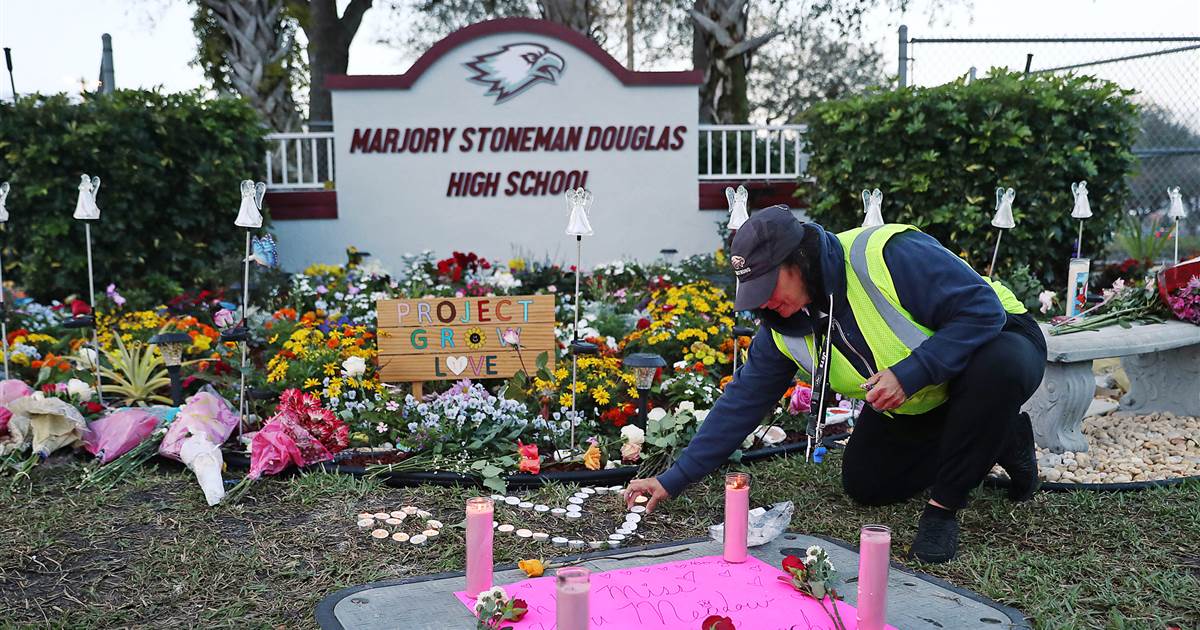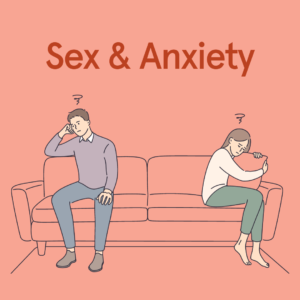We are only one month past the first anniversary of the shootings at Marjorie Stoneman Douglas High School and this past week we have all been saddened to learn of the suicides of two students who survived the attack. Additionally, the father of a child who was killed in the 2012 Sandy Hook school shootings also died this week – apparently due to suicide. Is it possible that these deaths are the result of suicide contagion?
What Is Suicide Contagion?
When the media reports that someone notable has died by suicide, it often seems that other suicides quickly follow – as if taking one’s life somehow becomes “contagious.” As an example, we saw this phenomenon last summer when Anthony Bourdain took his own life within days of Kate Spade’s death. Now there are concerns that this most recent suicide cluster involving the Parkland students and the Sandy Hook father may have happened partly because of suicide contagion. Suicide contagion is also known as the Werther Effect – a phrase coined by suicide researcher, David Phillips, in the 1970s. Werther was a character in a 1774 novel by Johann Wolfgang von Goethe. In the book, Werther kills himself after the woman he loves marries another man. The book was blamed for numerous copycat suicides across Europe after its release. In this early example of suicide contagion, many of the victims died in a similar manner to the Werther character’s death in the novel. Some were even found with copies of the book on or near their bodies. There is strong evidence to suggest that suicides can occur in groups. Moreover, Phillips’ research into clusters of suicides led him to conclude that copycat suicides rise when there is excessive media coverage of the suicide of notable figures.The Media’s Connection To Suicide Clusters
Besides Phillips’ research, several other studies agree that suicide rates go up when there is an increase in media coverage about a suicide. And the rates fall when the media coverage stops. Dr. Madelyn Gould, a suicide researcher from Columbia University has said, “The way suicide is reported is a significant factor in media-related suicide contagion, with more dramatic headlines and more prominently placed (i.e., front page) stories associated with greater increases in subsequent suicide rates.” And, as with Goethe’s book, suicide clusters also tend to happen when a fictional television or movie character dies by their own hand. Dr. Gould says, “Research into the impact of media stories about suicide has demonstrated an increase in suicide rates after both nonfictional and fictional stories about suicide.” Experts have long debated why suicide contagion occurs. Does the news coverage of a suicide cause other people to take their own lives or do they do so because they were already in a vulnerable state? Either way, media guidelines for reporting these deaths have been in place in many parts of the world since the end of the twentieth century. The Centers for Disease Controls and Prevention (CDC) and the World Health Organization (WHO) have both issued policies for how news reports should cover notable and celebrity suicides. Nowadays, however, we have a new concern. In the twenty-first century, we rely less on standard media reporting (like radio, newspapers, or television reports) and depend more on online sources to find out what is happening around us. In particular, young people get their news from the internet and social media, which can spread a topic far faster than news broadcasts and – unfortunately – can do so with no filtering.Suicide Risk Factors
In the case of the Parkland tragedy, we know that the first student to take her life was struggling with post-traumatic stress disorder (PTSD). She also suffered with survivor’s guilt, as do many of the teens who were there that day. It can be devastating to know that you’re still alive, but your friends will not reach the milestones that you will. Instead of being happy occasions, events like graduation or the first day of college are often very distressing for a survivor. For young people between the ages of 10 and 24, suicide is already the second leading cause of death and this is without factoring in the trauma of a massacre like the one in Parkland. Clearly, we need to talk more openly about suicide prevention. Adults and peers can help prevent a death by watching for youth suicide signs and risk factors and asking direct questions. Although a risk factor can’t predict if someone will take their own life, having one or more of them makes it more likely the person will consider or attempt suicide. These risk factors are:- Mood or mental disorders (particularly anxiety disorders, schizophrenia, and some personality disorders)
- A personal history of trauma or abuse
- Feeling hopeless
- A family history of suicide
- A previous suicide attempt
- Isolating themselves or having a lack of social support
- Stigma against asking for or needing help
- Alcohol abuse or abuse of other substances
- Absence of mental health and substance abuse treatment
- Knowledge of recent suicides of peers or learning about others who have taken their lives via news stories, the internet, or social media
- Suicide ideation
Preventing Suicide
The first step in suicide prevention is awareness that someone is considering suicide. The next step is determining whether intervention is needed immediately. If you know someone is at risk, you can help them by using the Columbia Protocol suicide risk assessment. The Columbia Protocol was developed jointly by researchers from Columbia University, the University of Pittsburgh, and the University of Pennsylvania, in conjunction with the National Institute of Mental Health (NIMH). In 2011, it was adopted by the CDC and today it is used worldwide to assess at-risk individuals. The Columbia Protocol is a series of three to six simple, direct questions that you ask the person you are concerned about. The answers they give will provide enough information to know whether they need help and whether urgent action is needed (download the free Columbia Protocol toolkit now). If your child or someone else you know tells you they are considering suicide, don’t judge them. Instead, show compassion for their feelings. Next, get help from a mental health professional or a suicide crisis hotline. The crisis hotline is especially critical if the person is in immediate danger of attempting suicide. Never leave someone alone if they are threatening suicide. If you believe they are in immediate danger, call 911 or the National Suicide Prevention Lifeline at 800-273-TALK (800-273-8255) in the United States. The line is open 24/7.Let Us Help
If you are worried about yourself or a loved one who may be at risk for suicide, talk to the mental health professionals at The Center for Treatment of Anxiety and Mood Disorders in Delray Beach, Florida. Contact us or call us today at 561-496-1094.References
Forum on Global Violence Prevention; Board on Global Health; Institute of Medicine; National Research Council. Contagion of Violence: Workshop Summary. Washington (DC): National Academies Press (US); 2013 Feb 6. II.4, THE CONTAGION OF SUICIDAL BEHAVIOR. Available from: https://www.ncbi.nlm.nih.gov/books/NBK207262/Dr. Andrew Rosen
Dr. Andrew Rosen PHD, ABPP, FAACP is a Board-Certified Psychologist and the Founder and Director of The Center for Treatment of Anxiety and Mood Disorders, as well as, the Founder of The Children’s Center for Psychiatry Psychology and Related Services.





